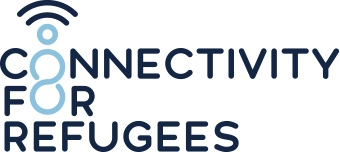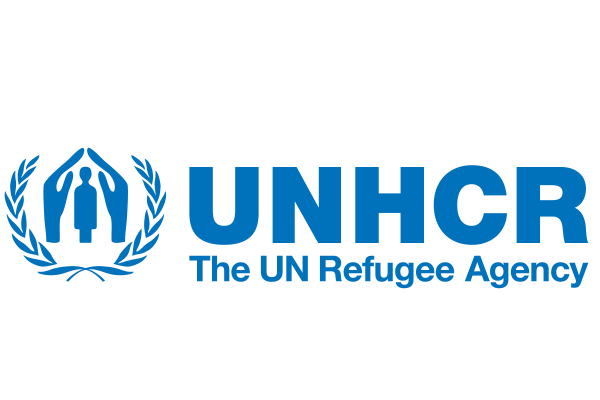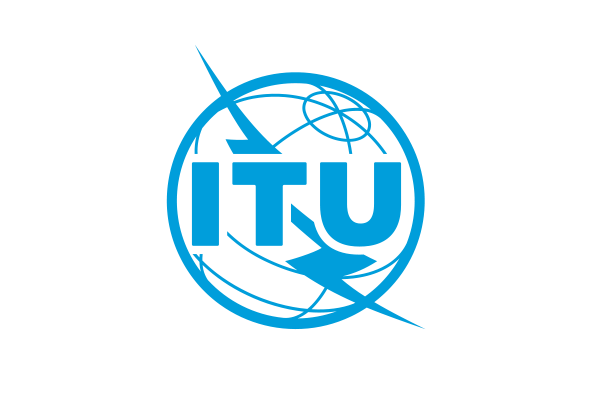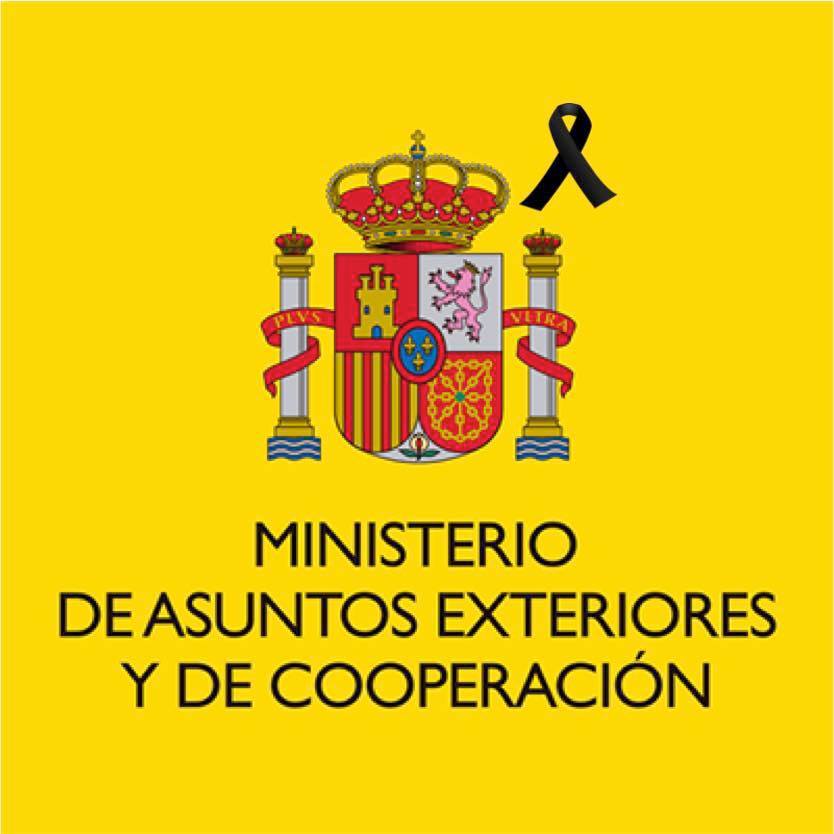A multi-stakeholder initiative to advance the availability and affordability of connectivity for 20 million forcibly displaced people and their host communities by 2030, driven by UNHCR, ITU, GSMA, and the Government of Luxembourg.
Sabrin Abdulkadir Abdi looks on as she attends a maths class using a tablet at Melkadida Primary School in Melkadida Refugee camp, Melkadida, Ethiopia. © UNHCR/Tiksa Negeri
Connectivity is
a lifeline for
refugees and their hosts
Left: Refugee community volunteers play a role in helping the most vulnerable, in Jordan. © UNHCR/Lilly Carlisle
Left: Refugee community volunteers play a role in helping the most vulnerable, in Jordan. © UNHCR/Lilly Carlisle
Right: Subhi Nahas, a Syrian LGBTI refugee checks his phone at home in the Castro District of San Francisco. © UNHCR/Nick Otto
and can’t take these benefits for granted.
Key connectivity-related issues
Unreliable electricity
Unstable internet
Unaffordable devices
Unaffordable connectivity
Low digital literacy
Unfavourable policy and regulatory environments
Together we can ensure
our connected world
leaves no one behind.
Connectivity for Refugees
How We Work
Venezuelan woman steps in to bridge digital gap in Ecuadorian neighbourhood © UNHCR/ Santiago Arcos Veintimilla
Connectivity for Refugees was founded by UNHCR, ITU, the GSMA, and the Government of Luxembourg, and is supported by the Government of Spain and Cisco. The initiative brings together actors from diverse sectors with the goal of connecting 20 million refugees and the communities who host them by 2030.
We aim to take a coordinated, multi-stakeholder approach to address connectivity challenges, delivering equitable and lasting solutions that work for everyone—regardless of gender, income, and other determinants of access.
The five key pillars of our approach include:
Understand local challenges
and how they impact different demographics (e.g., gender, education level) to ensure we have the most accurate and up-to-date evidence and data to inform decision-making and solution design.
Coordinate ecosystem stakeholders
engaging both global and local actors across sectors and industries to tackle connectivity challenges.
Deploying innovative solutions
establishing interventions that are context-specific, equitable, market-based, future-proof, and that enable both individual and community-level connectivity.
Scaling what works
applying best practices and lessons learned to accelerate deployment of solutions.
Advocating for long-term, sustainable outcomes
ensuring solutions promote systemic change through regulatory or market-based levers.
Learn more about the initiative here:
Background and synergies
The Connectivity for Refugees initiative was launched at the 2023 Global Refugee Forum. A wide coalition of member states, humanitarian organizations, civil society and the private sector pledged to mobilize the expertise, resources, and investment needed to provide connectivity to refugees and host communities around the world.
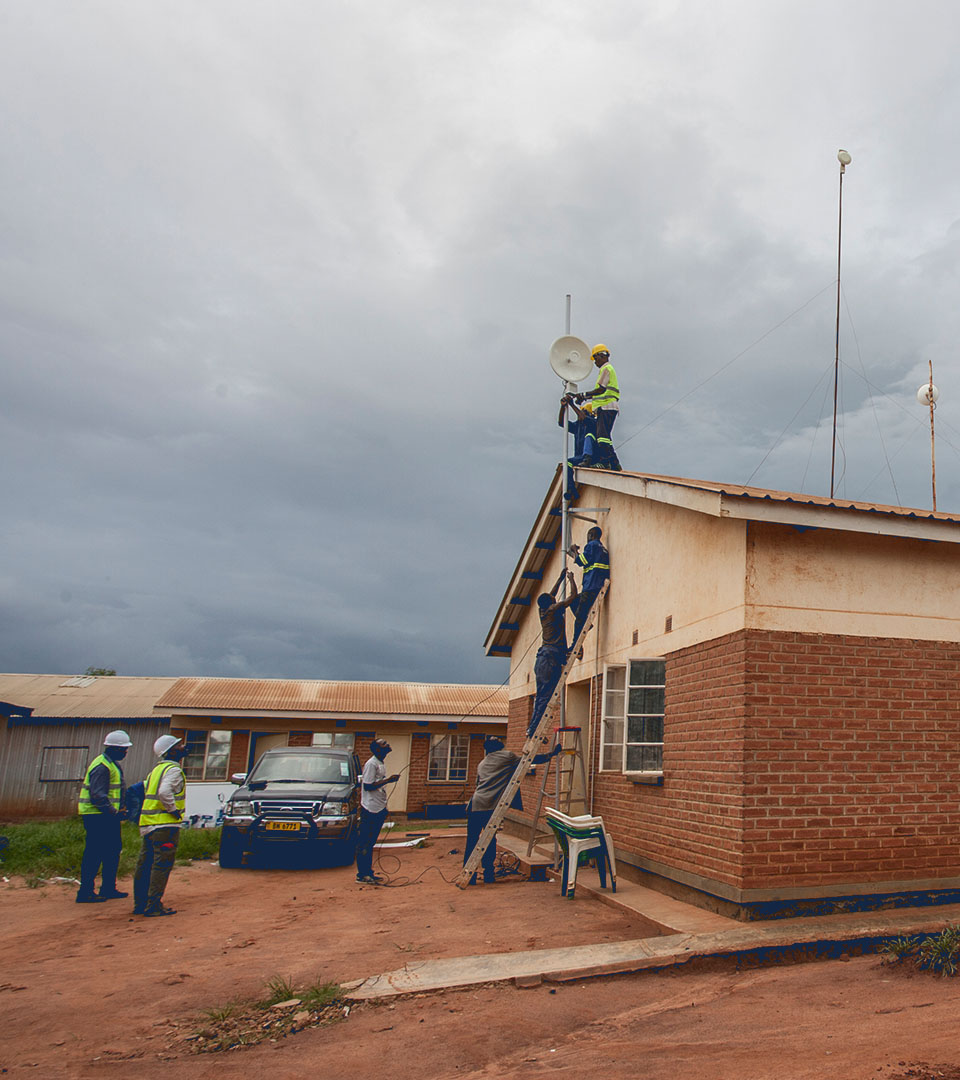
Microsoft partner C3 LTD’s technicians install the tower for Microsoft Connectivity for Refugees project at Dzaleka Refugee Camp UNHCR office, in Dowa District, Malawi. © UNHCR/Amos Gumulira
This initiative also builds on and recognizes commitments made at the 2019 Global Refugee Forum and at the High-Level Officials Meeting toward enhancing connectivity for forcibly displaced communities. This transformational agenda can only be achieved with committed, innovative, shared-value partnerships.
This initiative links closely with ITU’s Partner2Connect Digital Coalition. UNHCR and ITU are coordinating to ensure that those contributing to this shared agenda are recognized on both platforms.
Connectivity for Refugees continues to grow and widen its global network of partners across government, private sector, international and regional organizations, NGOs and community-led organizations to amplify its positive impact on refugees and host communities.
